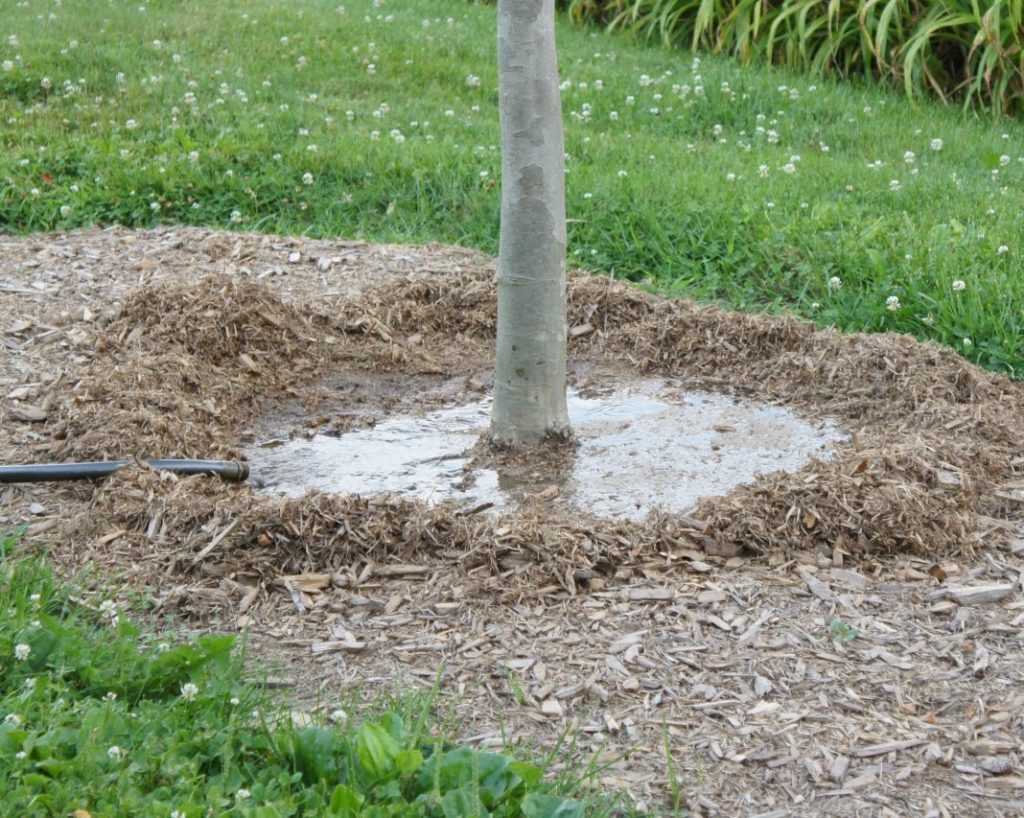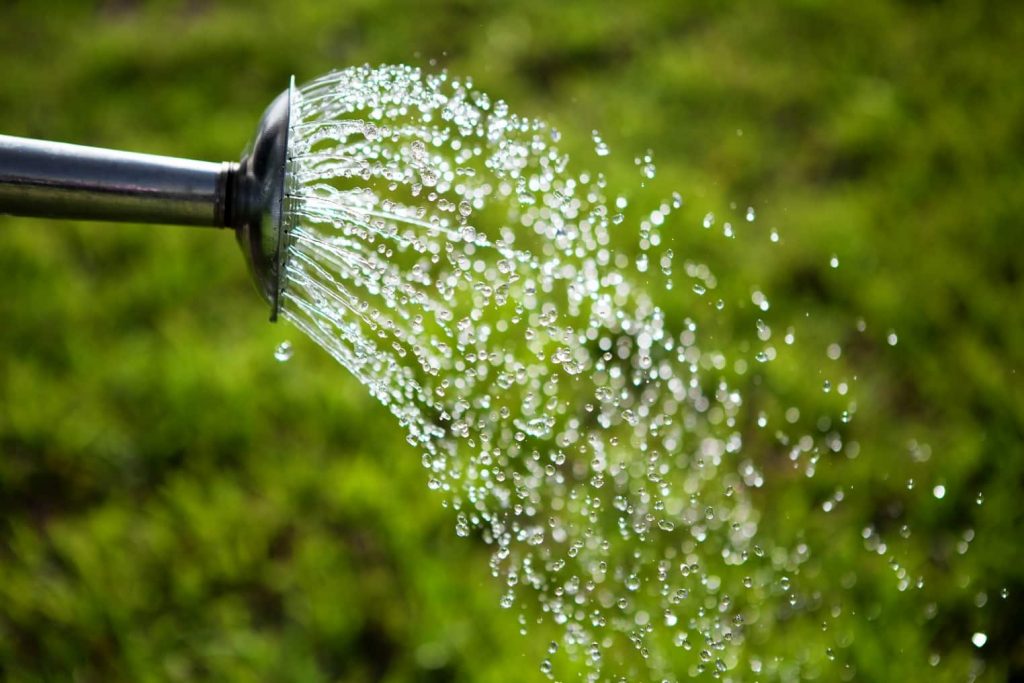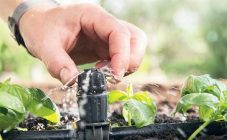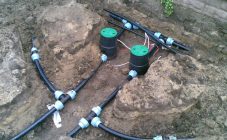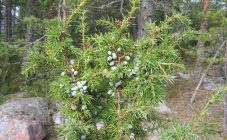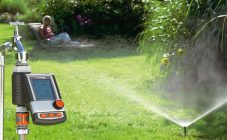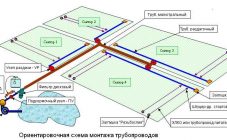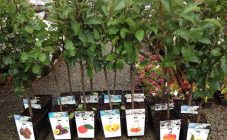Various types of irrigation can increase the productivity of garden and horticultural crops and reduce labor costs. However, this requires the correct choice and use of the method.
Irrigation methods
For the full cultivation of any crop, you need:
- Moisture-charging irrigation. Designed to create a reserve of moisture in the soil in order to stimulate the autumn growth of the root system of fruit trees. Held at the end of September.
- Anti-freeze irrigation is carried out in the spring to protect the orchard from spring frosts. It is carried out through a spray when the air temperature drops to 1 ° С. Due to it, the thermal conductivity of the soil increases, the likelihood of its freezing decreases.
- Pre-sowing moistening is carried out before planting seedlings in the garden. Suitable for crops with small seeds, as they are planted shallowly and the topsoil quickly loses moisture. The procedure is carried out 3-4 days before sowing.
- After disembarkation, a replenishing moisture supply is needed. And here it is important to be in time before the emergence of shoots.
The effectiveness of vegetative soil moisture during the summer until ripening depends on the qualifications of the gardener. It requires not only knowledge of agricultural technology, but also soil characteristics, therefore it is carried out in different ways, depending on the plant being grown.
The issue of watering the garden in August requires special attention. For example, watering trees in August - apple trees, pears - should be continued, especially with a high harvest, but carrots and beets in the last month of summer do not need this at all.
Fertilizing irrigation is the introduction of liquid fertilizing into the soil. In this form, nutrients at low concentration are applied evenly throughout the season, going deep into the soil to the very roots. This option is effective for fruits, berries and vegetables.
Soil leaching spills are used to wash out soluble salts from the soil. They are produced in autumn, the intensity depends on the salinity of the soil.
Other types of soil moisture
In addition to the above, experienced gardeners also practice the following irrigation options:
- Root irrigation is used outdoors for many types of crops, it is especially effective in greenhouses and on beds with mulched soil. For garden plants, quickly and inexpensively organize a homemade watering system from plastic bottles. To moisten the lawn, it is better to choose store-bought options, for example, the beetle system. Unlike trees, irrigation is an auxiliary option for vegetable crops.
- Another type of method for delivering moisture to the roots of a plant is capillary irrigation. Its principle of operation is based on the fact that the liquid is fed into the ground below the roots of the plant, and then rises upward through the capillaries.
For which plants is wick irrigation suitable? For many, the house is home to home indoor flowers, especially violets. Water is supplied to the plant roots through a synthetic wick.
When choosing this or that type of soil irrigation, the gardener must take into account the characteristics of the plants: one needs a lot of moisture, the other needs a minimum. In addition, do not forget about a special type of moisture preservation - the so-called dry irrigation, which consists in loosening the top layer of the soil.And then vegetables, berries and fruits will be rewarded with big harvests!
